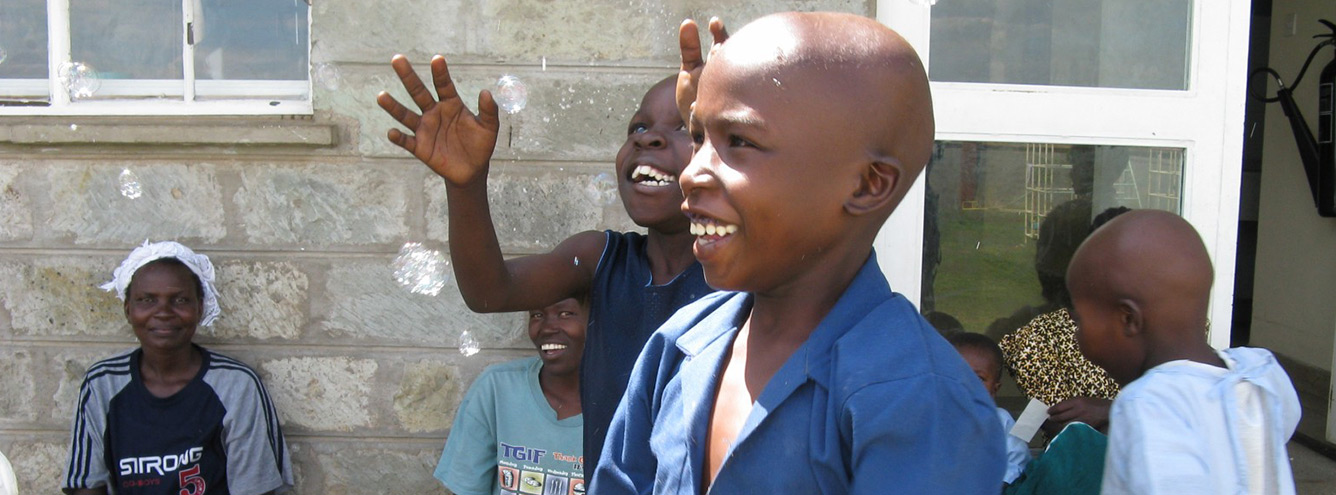A global network advancing evidence-based care through shared knowledge and lived experience.
Children and families around the world experience vastly different standards of retinoblastoma care.
Without solid scientific evidence and shared research, doctors can’t agree on the best ways to treat the cancer, support families, or guide survivors through lifelong care.
We support a global collaborative research community that brings together medical professionals, scientists, families, and survivors.
Together, we generate stronger evidence and clearer solutions to improve outcomes for everyone affected by retinoblastoma.
The Challenge
The rarity of retinoblastoma presents major obstacles to developing strong scientific evidence. Most treatment centres see only small numbers of patients each year, often working in isolation. This makes it difficult to gather enough data to answer even the most fundamental questions about care, outcomes, and quality of life.
Randomized, controlled clinical trials – the gold standard of cancer research – are especially hard to conduct. They are the most reliable way to compare new treatments with standard approaches and measure which one is best. But detecting small, meaningful, improvements in treatment requires very large participant numbers.
For example:
- To show a 10% improvement, a trial must enrol 1,000 patients.
- To show a 5% difference, that number rises to 4,000 participants.
Retinoblastoma has small patient populations spread thinly across the globe, with different presentations of cancer (unilateral, bilateral, extraocular) and stage requiring different treatments. So this level of participation is rarely achievable without international collaboration over many years.
In the absence of strong evidence, recommended treatments often vary widely between hospitals – and even between doctors at the same facility. Decisions are shaped not only by clinical knowledge, but also by:
- A doctor’s personal experience, preferences, or research interests.
- Available resources and local treatment capacity.
- Cultural beliefs and community understanding of cancer.
- Societal norms and patient or family expectations.
This inconsistency leads to fragmented care, unequal outcomes, and missed opportunities to improve survival, vision, and long-term wellbeing – especially in Low- and Middle-Income Countries where treatment access is already limited.
At the same time, families’ and survivors’ real-world experiences are rarely included in research planning and design, though their insights are vital to improving care. Without their perspective, researchers may overlook critical psychosocial and real-world factors, reducing the potential for truly practical, relevant, patient-centred research.
Our Solution
We are building a strong, inclusive research community that connects experts, families, and survivors around the world.
We support:
- International, multi-centre research, which allows more children to access high-quality care and participate in studies that improve knowledge faster.
- Collaborative databases and registries, powered by secure technology and simple tools accessible even in low-resource settings.
- Ethnographic and patient-led research, which centres the lived experiences of patients, families, and medical professionals. These methods bring forward powerful insights about how culture, community, and personal experience shape care.
We also advocate for increased funding, development of shared technology, and creation of inclusive research forums that unite clinicians, scientists, survivors, and advocates.
Patient-engaged and ethnographic research studies are especially important in retinoblastoma care. They help us understand:
- How families make treatment decisions.
- The cultural, social, and emotional challenges they face.
- What truly supports healing and quality of life during and after treatment.
By integrating these approaches with scientific studies, we can build a full picture of what high-quality care really means, across all settings.
Impact of Collaborative Research
Global collaboration breaks down isolation, speeds up discovery, and ensures that research reflects the real-world needs of those most affected.
Pooled data and shared studies help us:
- Understand who is most at-risk, and how to improve diagnosis.
- Evaluate what treatments work best, and for whom.
- Assess the impact of awareness campaigns and support programs.
- Develop effective national and regional care strategies.
- Allocate limited resources where they will do the most good.
By connecting institutions and individuals around the world, collaborative research strengthens our collective ability to give every child with retinoblastoma the best chance at life, sight, and emotional wellbeing.
When we combine scientific rigor with the lived wisdom of our community, we unlock new potential to transform care for generations to come.


